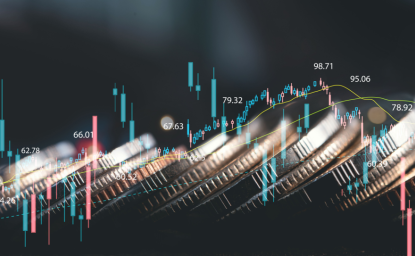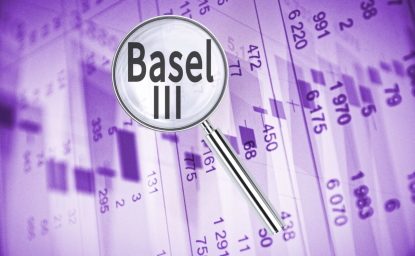Infrastructure projects seem like the ideal investment opportunity for large capital holders such as pension funds. Investing in ports, roads, and rails can offer steady, inflation-proof returns to cover pensions’ liabilities over the long term.
However, infrastructure can also be risky, particularly in emerging markets and developing economies (EMDEs). Since infrastructure is a relatively illiquid asset requiring a lengthy commitment, these investments are vulnerable to political and economic risks that can jeopardize project completion and future returns. Concerns over risk deter investors and leave many EMDEs without the capital they need.
What can be done to reduce risk and deepen pension fund participation in overseas infrastructure? The Wahba Institution for Strategic Competition (WISC) has been working with the private and public sectors to develop ways of mobilizing more capital for the world’s sustainable development needs. Recent discussions in collaboration with the Pacific Pension & Investment Institute (PPI) yielded three recommendations for further investigation.
Steps toward de-risking
Mobilizing capital starts with being realistic about constraints facing fund managers. A pension fund’s primary obligation is to achieve consistent earnings on its assets to cover its liabilities as they grow with inflation. They do not have a mandate to promote economic development abroad. As a result, if investments exceed managers’ risk tolerance, investing in them may violate their fiduciary responsibilities.
Given those constraints, investing in the world’s least developed countries (LDCs) is a step too far for many funds. On average, LDCs are riskier due to their histories of political and economic instability. And returns, while positive, may not be enough to justify the risk of investing. Investing in LDCs is generally perceived as better left to government-sponsored development lenders.
Narrowing the field of eligible countries still leaves plenty of opportunity. There are more than 100 middle-income countries, according to World Bank classifications, and efforts to encourage private investment should focus on them, where addressing risk is more feasible.
The WISC-PPI working group discussion identified three priority areas:
1.Foster collaboration with infrastructure general partners (GPs)
Development finance institutions (DFIs) and multilateral development banks (MDBs) are not alone in identifying and funding projects in emerging markets. Infrastructure GPs specialize in identifying market opportunities and conducting the due diligence to assess risk accurately. As such, GPs have on-the-ground experience, along with market incentives, to invest carefully in projects promising high returns.
GPs with strong track records of providing stable returns have already gained the confidence of many pension fund managers. Concurrently, many DFIs and MDBs already work alongside GPs through a variety of blended finance arrangements. These arrangements are mutually beneficial. The private investor enjoys the guarantees or funding that DFIs and MDBs can provide while the development lender does not have to carry the full project costs and benefits from the GPs expertise and market knowledge.
Still, more could be done to strengthen and expand these partnerships. To our knowledge, there has been no systematic analysis of the different models of collaboration between GPs and DFIs/MDBs. Identifying best practices can help structure deals in ways palatable to investors, such as pension funds.
2. Protect against reputational costs
Investors are increasingly aware of the imperative to meet high environmental and social standards. Failing to do so can generate significant reputational costs to the investor. However, identifying suitable opportunities can be time-consuming and expensive, such as when multiple environmental reviews are required.
Greater cross-national collaboration can reduce informational barriers and help expedite responsible investment. For example, the OECD’s Blue Dot Network is a project-level certification program scoring projects on a 10-point criteria that includes environmental sustainability. Mutual recognition of these assessments allows participating countries to save the costs of conducting independent reviews. More efforts such as these can help pension funds identify credible and safe opportunities.
Beyond environmental concerns, investors may also worry about the reputational costs of doing business with undemocratic regimes or countries vulnerable to corruption, rights abuses, or other traits unacceptable to the investor’s stakeholders. This is another area in which closer collaboration with DFIs and MDBs could help. Working in private-public partnerships is advantageous because:
- Government-backed lenders are less susceptible to rent-seeking behaviors by host governments.
- Many DFIs, such as the US International Development Finance Corporation, are prohibited from working with certain regimes, which effectively screens out host markets with unacceptable risk profiles.
- DFIs and MDBs typically have obligations to monitor (and report on) project performance, including compliance with environmental and social standards.
For those reasons, DFI/MDB projects can help pension funds ensure that investments do not expose the fund to unacceptable reputational costs. More work should be done to explore areas for expediting investment while maintaining high standards.
3. Develop cost-effective tools to hedge currency risk
Currency risk–including unanticipated fluctuations in exchange rates–remains a major obstacle to foreign investment. Currency risk can affect all stages of a project’s lifespan, from construction costs to downstream revenues. For example, a financial crisis in a host market may cause the local currency to depreciate sharply, significantly lowering revenue accrued to the foreign investor when converted to its own currency.
EMDE governments cannot always guarantee against risks given existing capital shortages and, in some cases, their inability to manage exchange rates credibly. Instead, lenders have developed a variety of strategies for increasing local currency liquidity from the outset of projects. Local currency facilities can help absorb shocks that would otherwise create liquidity and/or convertibility risk.
Existing efforts include the Currency Exchange Fund (TCX), a “market-making” fund that offers over-the-counter derivatives to help investors hedge more than 100 currencies where no long-term opportunities are available elsewhere in local or global markets. Led by the Netherlands and Germany, TCX has buy-in from DFIs, MDBs, and the European Union. Specifically, it offers forward contracts and currency swaps–two ways of limiting risk by locking in the volume, price, and timing of future exchanges.
TCX is one example of a broader push to involve local currency in project finance. Other possibilities include risk participation agreements that share exposure to risk among foreign and local banks. MDBs have also relied increasingly on facilitating currency swaps and issuing local currency bonds.
In crafting solutions for currency risk, it is important to understand that programs that do not give host governments a stake in the deal raise the possibility that poor policy choices will increase risk.
No approach is free of cost to the investor, particularly compared with opportunities within developed economies with deeper currency-hedging markets and more stable currencies. Given the tradeoffs, identifying the safest, most affordable strategy to mitigate currency risk will require more research.
Cosponsored by the Pacific Pension & Investment Institute
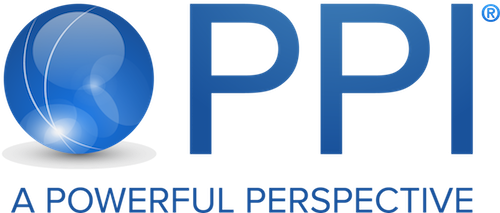
Authors
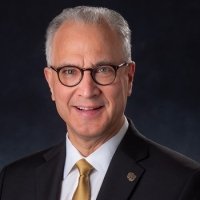
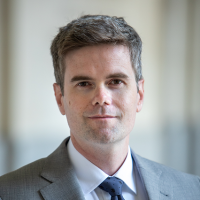
Associate Professor in the School of Government and Public Policy and the James E. Rogers College of Law, University of Arizona
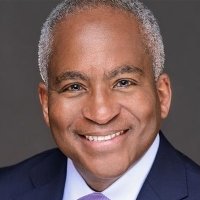

Wahba Institute for Strategic Competition
The Wahba Institute for Strategic Competition works to shape conversations and inspire meaningful action to strengthen technology, trade, infrastructure, and energy as part of American economic and global leadership that benefits the nation and the world. Read more



